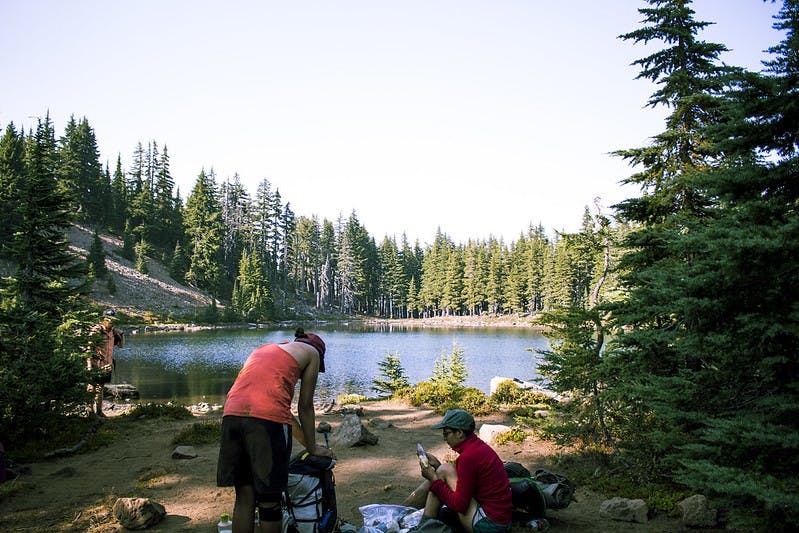Being responsible outdoors requires more than picking up your litter

With vast coastlines, impressive mountain ranges and endless evergreen forests, it’s no
wonder that the Pacific Northwest wilderness is beloved by millions each year.
That love, however, has a price.
We usually see it in increased trash on trails or in parks. More people means more waste, which creates a greater impact on the environment.
Every year, 813 million visitors generate 100 million pounds of trash in America’s national parks, according to a report from the Leave No Trace Center for Outdoor Ethics.
While one study from ScienceDirect that observed visitor behavior at three different national parks found that 83% of people properly disposed of their waste, trash is not the only way people can hurt the environment.
How we interact with nature and the wildlife that call it home impacts the outdoor spaces we love to explore.
The seven principles of Leave No Trace, which outline responsible outdoor behavior, have become the standard for outdoor ethics, but its message has been woefully simplified through a lack of education.
To protect and preserve all treasured outdoor spaces, we need to realize that Leave No Trace goes beyond simply picking up litter.
Most people know that leaving a plastic bag or coffee cup in the woods is bad behavior, but what about constructing a fort from discarded branches or feeding a chipmunk?
Even Bellingham, in all its nature-loving wisdom, is not immune to this confusion.
A recent makeshift fort constructed on Locust Beach sparked a debate about outdoor ethics on a r/Bellingham Reddit post.
Is this fort impressive? Of course.
Does it also unnecessarily harm the environment? Unfortunately, yes.
When people manipulate the environment in unnatural ways, they disrupt natural processes and destroy habitats that can take years to recover, if at all.
Petrified Forest National Park loses about 12 tons of petrified wood a year because of visitor theft, according to a study from Humboldt State University.
This theft causes over $80 million in estimated annual damages to the park through harm to natural and historic sites that can’t be easily replaced or repaired.
Wild animals are another key part of the Leave No Trace philosophy.
The National Park Service puts it best when they write, “It can be hard to believe that a safe distance is as much about the animal’s welfare as it is about yours, but it’s true.”
Even something as simple and seemingly innocent as handing that friendly squirrel a potato chip can have serious consequences for everyone involved. Most human food is overly processed and unhealthy for animals, so Mr. Squirrel is in for a rude awakening when he starts to digest that snack.
Your health is put at risk, too.
The more regularly wild animals are fed by people, the more aggressive and emboldened they become — which can lead to greater incidents of biting.
This cycle is so prevalent at Grand Canyon National Park, that squirrels have become the No. 1 source of injuries there.
So, what can you do?
Read and act.
Take time to read the seven principles, and use that knowledge anytime you interact with nature.
Leave nothing but footprints, take nothing but photographs and preserve our cherished lands with everything you’ve got.
What do you think? The Front accepts letters to the editor (max. 250 words) and guest columns (max.400 words) on subjects of interest to our community. Please submit your ideas, along with a phone number and email address, to eic.westernfrontonline@gmail.com.





